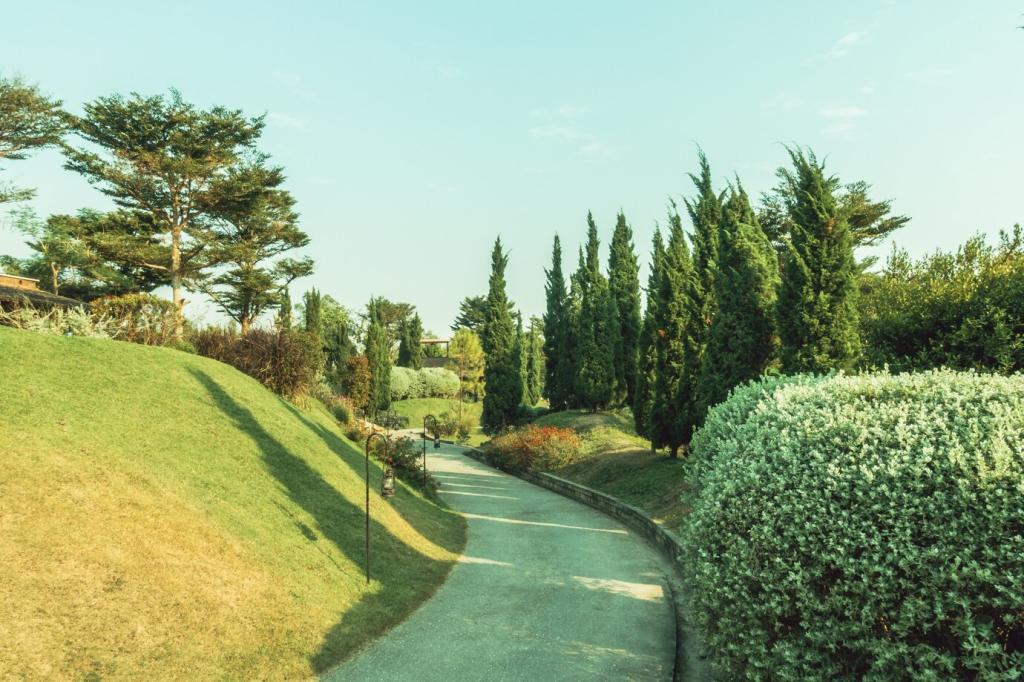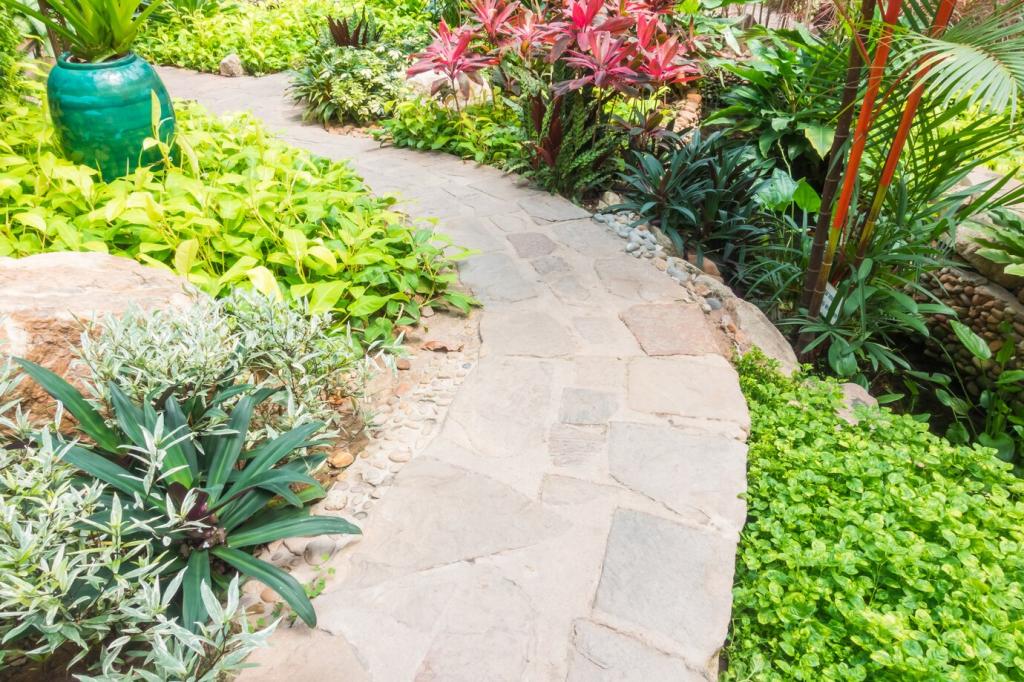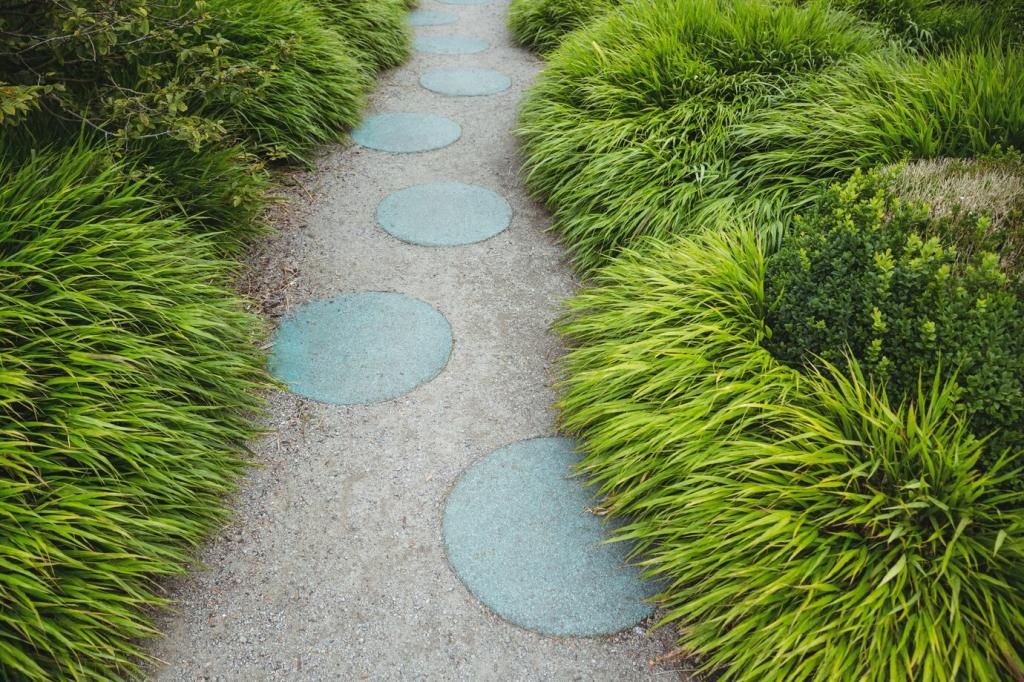
Sustainable Water Management in Landscape Design: Every Drop with Purpose
Welcome to a fresh, actionable journey where beauty meets responsibility. Today’s chosen theme: Sustainable Water Management in Landscape Design. Explore practical ideas, stories, and strategies that help landscapes thrive with less water—then join our community by sharing your questions, successes, and lessons learned.
Why Water Wisdom Belongs in Every Landscape
Droughts, rising costs, and changing rainfall patterns demand more than guesswork. A water budget—estimating how much water plants need and how much your site can supply—anchors smart design choices and helps you measure meaningful savings season after season.


Why Water Wisdom Belongs in Every Landscape
A small courtyard we redesigned stopped flooding after we redirected downspouts into a shallow rain garden. Neighbors noticed birds returning within days. The client cried happy tears, realizing that a simple water fix brought life back, not just dryness under control.

This is the heading
Lorem ipsum dolor sit amet, consectetur adipiscing elit. Ut elit tellus, luctus nec ullamcorper mattis, pulvinar dapibus leo.

This is the heading
Lorem ipsum dolor sit amet, consectetur adipiscing elit. Ut elit tellus, luctus nec ullamcorper mattis, pulvinar dapibus leo.
Planting for Resilience: Natives, Layers, and Living Mulch
Favor regionally native species adapted to local rainfall cycles. They often need less supplemental water, support pollinators, and establish faster. If your climate swings from deluge to dry, mix species that tolerate both soggy weeks and long, lean summers gracefully.


Sizing a Cistern with Simple Math
Estimate volume using roof area multiplied by typical storm depth and a runoff coefficient. Oversize slightly to catch peak events, and always include an overflow route. Label valves clearly, and schedule seasonal inspections to keep water quality and flow reliable.

Rain Barrels and First-Flush Basics
Install a first-flush diverter to keep debris and rooftop dust out of storage. Elevate barrels for gravity flow, screen inlets to block mosquitoes, and use dark, opaque materials to limit algae. Share your barrel setup; we’ll swap ideas for neat, tidy hose routing.
Choose an area where water naturally collects, verify infiltration rates, and build a planted basin with amended soils. Use check dams or meanders to slow flow. Select plants that tolerate both brief inundation and drought, then add signage to invite neighbor questions.
Green Infrastructure That Works Beautifully
Join our mailing list
